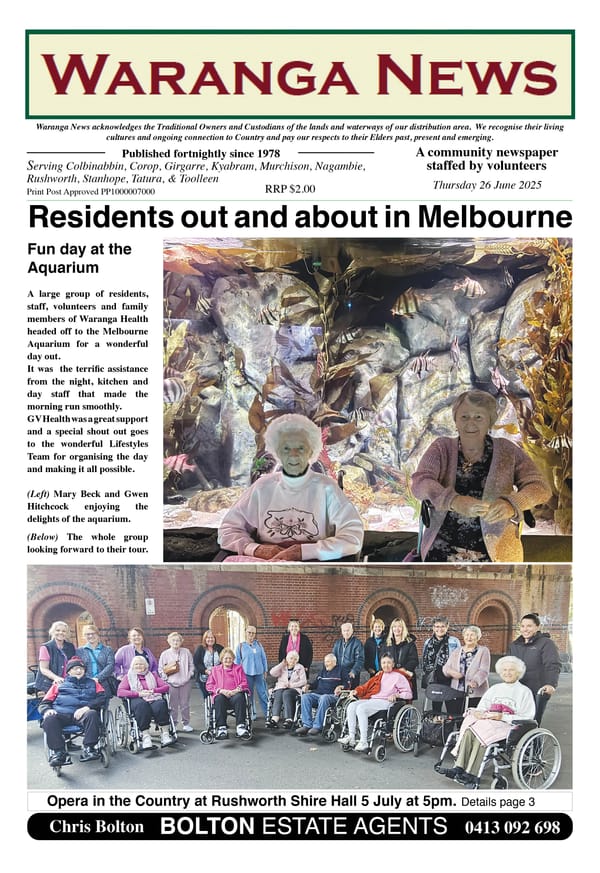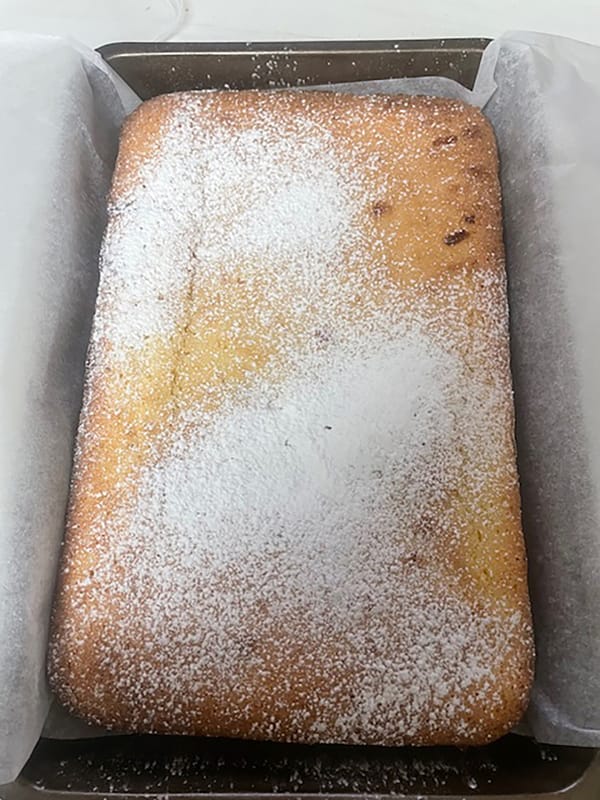21. Meeting of clans

The corroboree witnessed by squatter Edward Curr in the early 1840s, that was mentioned in the previous story, occurred at a meeting between clans of the Ngurai-illum Wurrung people and the Bangerang people.
One of the main reasons for the gathering “was the delivery of the betrothed girls to their husbands”. On this occasion, two or three women from each group were in this category. Women were betrothed to a man from another clan, and were then expected to go and live with their husbands as part of his clan, even though the Ngurai-illum Wurrung and Bangerang people spoke different languages. One outcome of inter-clan marital relationships was that most Aboriginal people in the Waranga area would have been multi-lingual, in order to communicate in their new clans and be able to maintain kinship relations.
A DRAMATIC START
The dancing at the corroboree was performed by the Bangerang men, accompanied by music (singing and percussion) provided by the women. “Preparations being in this advanced stage, the occasional clash of shield and boomerang, snatches of song in female voices, or the wild yell of delight of some warrior…warned the Ngooraialum (sic), who had begun to gather around the point of attraction, and seat themselves on the ground, about ten yards from where the performance was to take place, that all was ready.”
When the spectators were seated, dry eucalypt leaves were thrown on the fires on either side of the area where the performance was to take place. The “fire shot up into a blaze; the master of ceremonies struck together the two short sticks with which he marked the time, and the shrill voices of the … (women) burst into song.” The men performing, “until now unseen, (were) one by one issuing from the outside gloom” and “took up their position in a row between the fires; each man, as he came into line, extending his arms and legs into that peculiar attitude which makes one of the marked singularities of the corroboree.”
A STARTLING PERFORMANCE
Curr and his brother found the dramatic effects to be quite “startling” and were “strongly impressed with the scene”. “The extraordinary energy displayed by the dancers; their singular attitude; the quivering thigh; the poised spear, the whitened shield borne in the left hand; the peculiar thur! thur! thur! which their lips emitted in unison with the measured tramp of their feet; their ghastly countenances; the sinister manner in which the apparition had noiselessly stolen from the surrounding darkness into the flaming foreground, and executed – now in order, now in a compact body, to the sound of the wild voices, and the clash of savage arms…made up a picture thrilling from its novelty, its threatening character, and in its entire strangeness.”
STORY TELLING
In the Aboriginal tradition, the corroboree was synonymous with storytelling. Although it is impossible to determine what story this particular corroboree was telling, there was a point where “their savage eyes fixed on my brother and myself, suddenly as one man (they) threw back their right arms and brought their right shoulders forward, as if to plant in our breasts their spears which now converged on us – the display seemed to have passed from the theatrical to the real.”
Perhaps the performers were indicating how they really felt towards their usurpers i.e. two of the men who had been responsible for introducing massive changes to their country in the preceding few years. To the relief of the Currs, moments later “the climax had been reached, and the performers, dropping their spear-points to the ground, burst into a simultaneous yell, which made the old woods ring again, and then hurried at once out of sight, a laughing mob, into the forest’s gloom.”
Reference: Curr, Edward, Recollections of Squatting in Victoria pp 136-9



